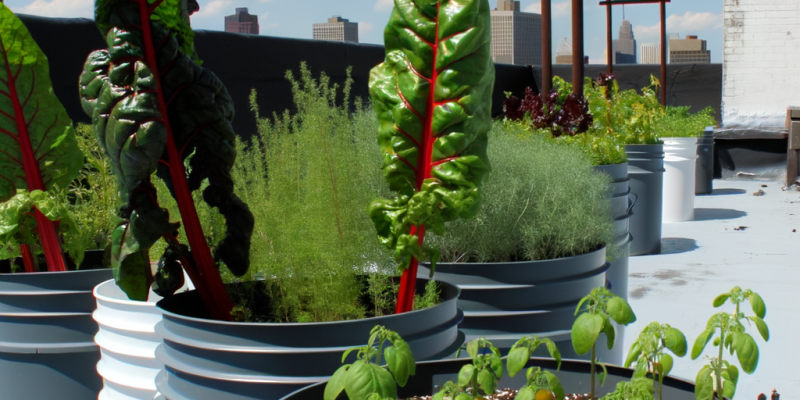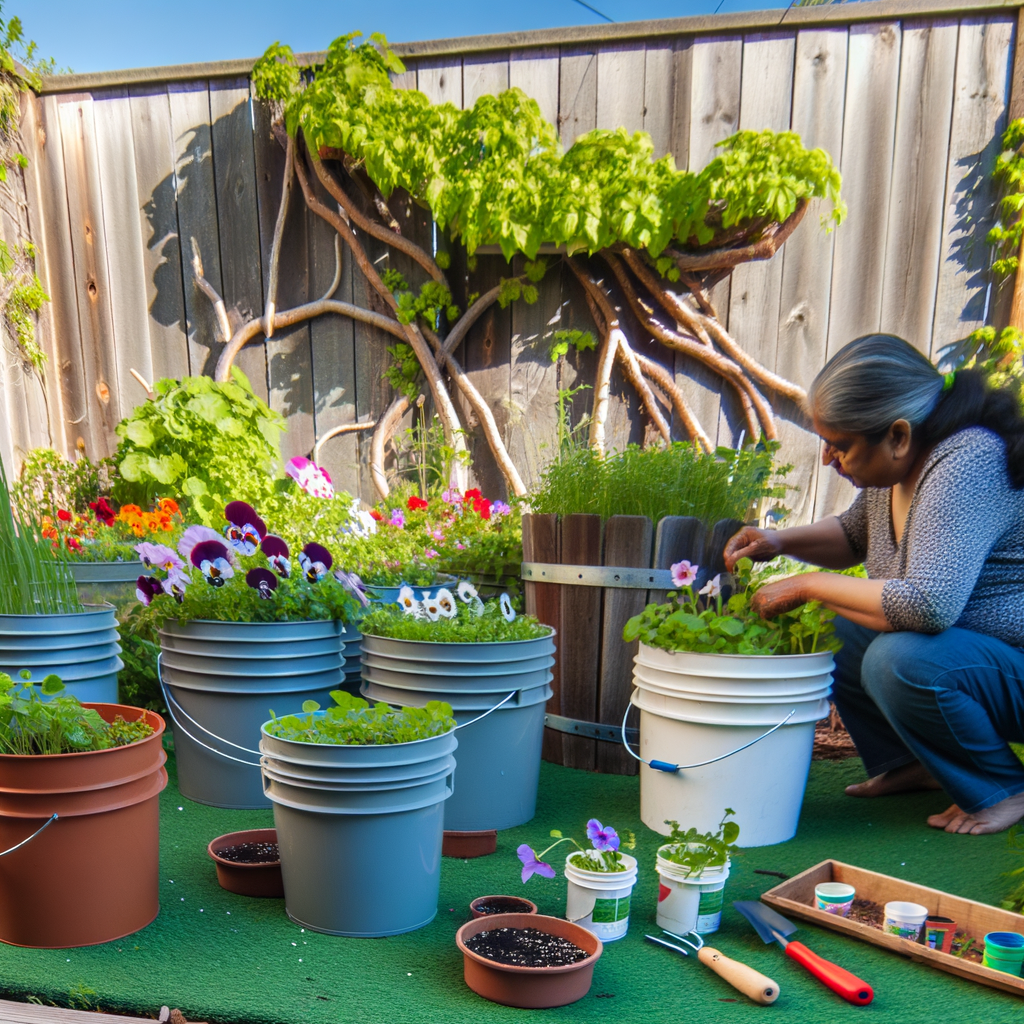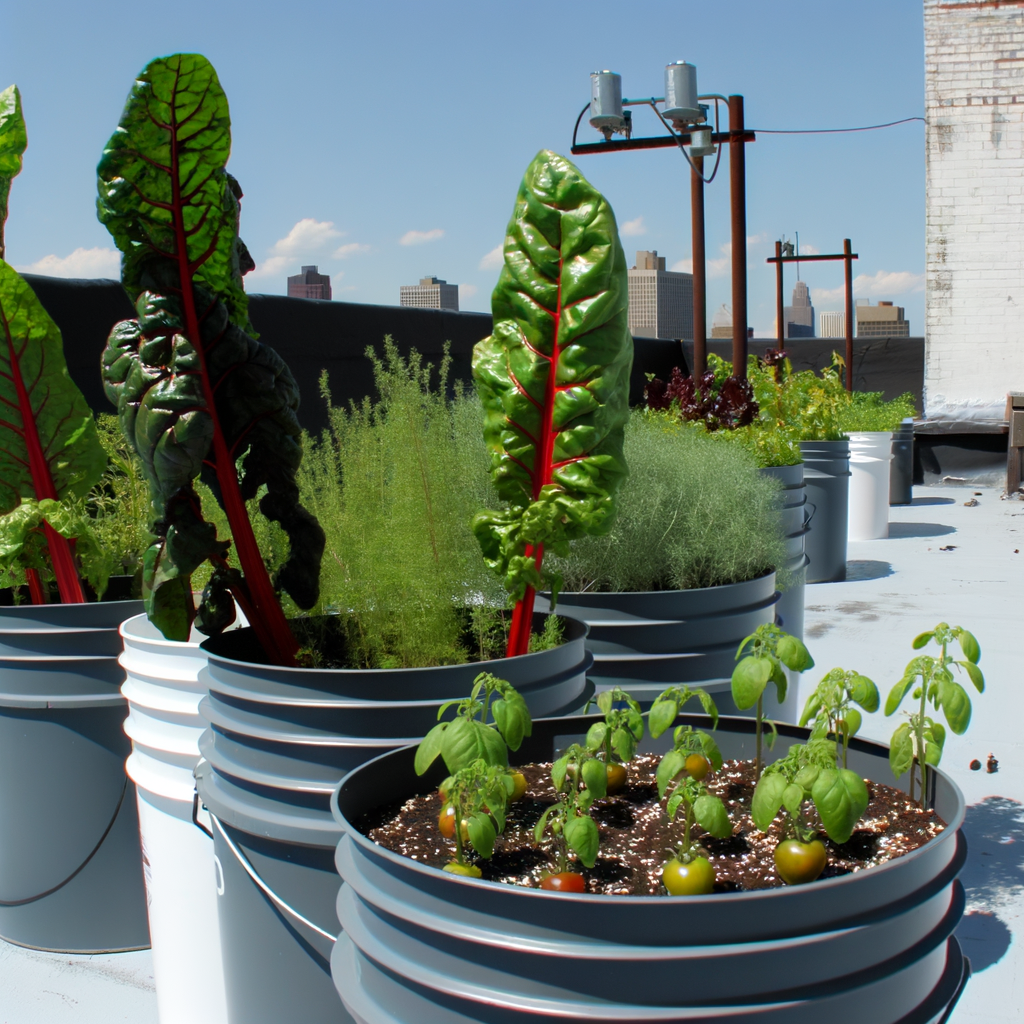Table of Contents
New to gardening? Gardening 101 offers simple tips for choosing resilient flowers guaranteed to thrive in your yard’s distinct setting with little fuss.
There are many tips for growing your own flowers, but a great place to start is with the basics. This article will teach you how to grow a wide range of flowers in a variety of situations, from small patios to large gardens.
There are also a few tricks to keep in mind when growing flowers in containers. You should also choose the right kind of soil for your plants. In addition to the right soil, you should choose a plant that grows well in its own pot.
Gardening 101: Excellent First-Timer Tips on Flowers
 To start with, know how much sun your flower garden will receive. Decide whether your flowers will get sun all day or only partial shade in the afternoon.
To start with, know how much sun your flower garden will receive. Decide whether your flowers will get sun all day or only partial shade in the afternoon.
The full sun area will receive six hours of direct sunlight during the day. Choosing the right type of flower is important to ensure your flowers bloom at the right time. Choosing a variety of colors is also essential. Remember to plant a variety of flowers so you can enjoy all of their different scents and colors.
Choose perennials and annuals. Perennials have their blooming times during the season, while annuals will bloom throughout the year. There are even flowers that bloom only in the spring, such as Dahlias.
Check out the Bloom Time Chart for Spring and Summer Bulbs for ideas. They will also help pollinators thrive. If you plan on putting flower beds in containers, be sure to plant them with perennials so that you can reap the rewards year after year.
Flower Gardens: A Guide to Creating Beautiful and Thriving Beds
Flowering plants love loose, well-drained soil. The soil should also have organic material like compost. Digging a large area is not necessary when you are planting flowers, but be sure to dig enough so you can mix compost and a few inches of soil.
The extra soil will improve the structure of your soil and add vital nutrients for your flowers. This step is vital when planning a flower garden. Once you have a flower garden with a variety of types, you can experiment with the style and colors you want to create.
Aim for visual unity. You can achieve this by repeating key shapes and colors throughout your yard. When choosing plants, keep in mind that you should also consider the color wheel.
Choose plants with unique foliage to create visually striking gardens. It may help to keep some of the same flowers year after year to make it look more cohesive. Besides this, it will make your flowerbeds more interesting to visitors. And if you are planning to grow flowers in containers, remember to include foliage for your arrangements.
Flower gardens require different conditions. For example, most flowers thrive in full to partial sunlight. Moreover, they require less water and nutrients. This means that you will be able to water them more easily and without lugging heavy hoses.
Plan Your Flower Garden for Easy Watering
When planning a flower garden, be sure to choose a location where you can reach the water source. That way, you will not have to worry about watering your flower garden, and will have less work to do.
A flower garden is a great way to transform an ordinary space or add a colorful border to your yard. Flower gardens can be difficult to plan, but they can add a lot of beauty to your yard. The options are almost endless, so it’s important to consider hardiness, bloom time, color and fragrance.
Remember that hummingbirds and songbirds will love the beautiful flowers in your flower garden. You can even make your garden a wildlife habitat by adding hummingbirds and other birds.



